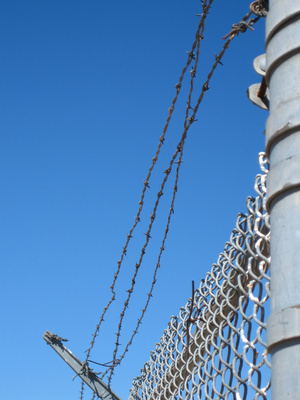 Topography entails the shape and layout of the land, including terrain and elevation.
Topography entails the shape and layout of the land, including terrain and elevation.Topography is an element of map making dating back thousands of years. Topography is the mapping of elevations, shapes and other geographical features of the land using contour lines, relief shading and tints. The physical configuration of the land being mapped is also referred to as the land's topography.
Oldest Topography
The oldest surviving topographic map was discovered in a Han Dynasty tomb dated to the second century B.C.E. Two maps of the Southern Hu-Nan province were found together. One was a military map marking the roads and settlements. The other was a detailed topographical map describing the scale and terrain of the province.
Topography in Roman Antiquity
The Romans carefully recorded many details of Rome's shape and layout. Historians like Pliny described the streets of Rome, their lengths and their distances to the gates. Frontinus made meticulous records of the construction of Roman aqueducts, the sizes of various water supplies and the sections of the city that each aqueduct served. This topographical data was not compiled into a formal topographical map of Rome until many centuries later by modern historians.
Topography in Enlightenment France
In the late 1600s, Giovanni Domenico Cassini, an Italian-born engineer and astronomer, began a topographical map of all France using triangulation and land surveys. The elaborate and ambitious project was eventually completed by his grandson Cassini de Thury nearly a century after its inception. It was published in 1789 as the "Carte géométrique Géométrique de la France."
Modern World
As technology has advanced, topography has become a more detailed and precise discipline. Aerial photography, computer processing and satellite data have dramatically improved the depth and detail of topographic knowledge, heralding what some have called a "mapping revolution."
Key Concepts
history of topography
earliest topography
topography history
References
CVRlab: Introduction to Roman Topography
[http://www.cvrlab.org/Library/Richardson/RichardsonIntroduction.html ]
Jrank: Han Empire
[http://www.jrank.org/history/pages/6001/Han-Empire.html ]
Michigan Dept. Department of Technology, Management and Budget: FAQ: What is Topography?
[http://www.michigan.gov/cgi/0,1607,7-158-13111-31893--F,00.html ]
Britannica: Ceasar-Francios Cesar-Francois Cassini de Thury
(French Surveyor)
[http://www.britannica.com/EBchecked/topic/98206/Cesar-Francois-Cassini-de-Thury ]
USGS: Topographic Mapping
[http://egsc.usgs.gov/isb/pubs/booklets/topo/topo.html ]
Resources (Further Reading)
New World Encyclopedia: Cassini, Giovani Domenico
[http://www.newworldencyclopedia.org/entry/Giovanni_Domenico_Cassini#cite_note-1 ]
 The criminal justice system is beset with many challenges as the 21st century begins.
The criminal justice system is beset with many challenges as the 21st century begins. Violent youth are more likely to become violent adults.
Violent youth are more likely to become violent adults. Drug abuse straddles the line between crime and health problem.
Drug abuse straddles the line between crime and health problem. The DOJ calls for greater measures to prevent violence against women.
The DOJ calls for greater measures to prevent violence against women. The death penalty is a hotly debated topic.
The death penalty is a hotly debated topic. Overcrowded prisons place an undue burden on states and the nation.
Overcrowded prisons place an undue burden on states and the nation. It is becoming impossible not to break the law.
It is becoming impossible not to break the law.